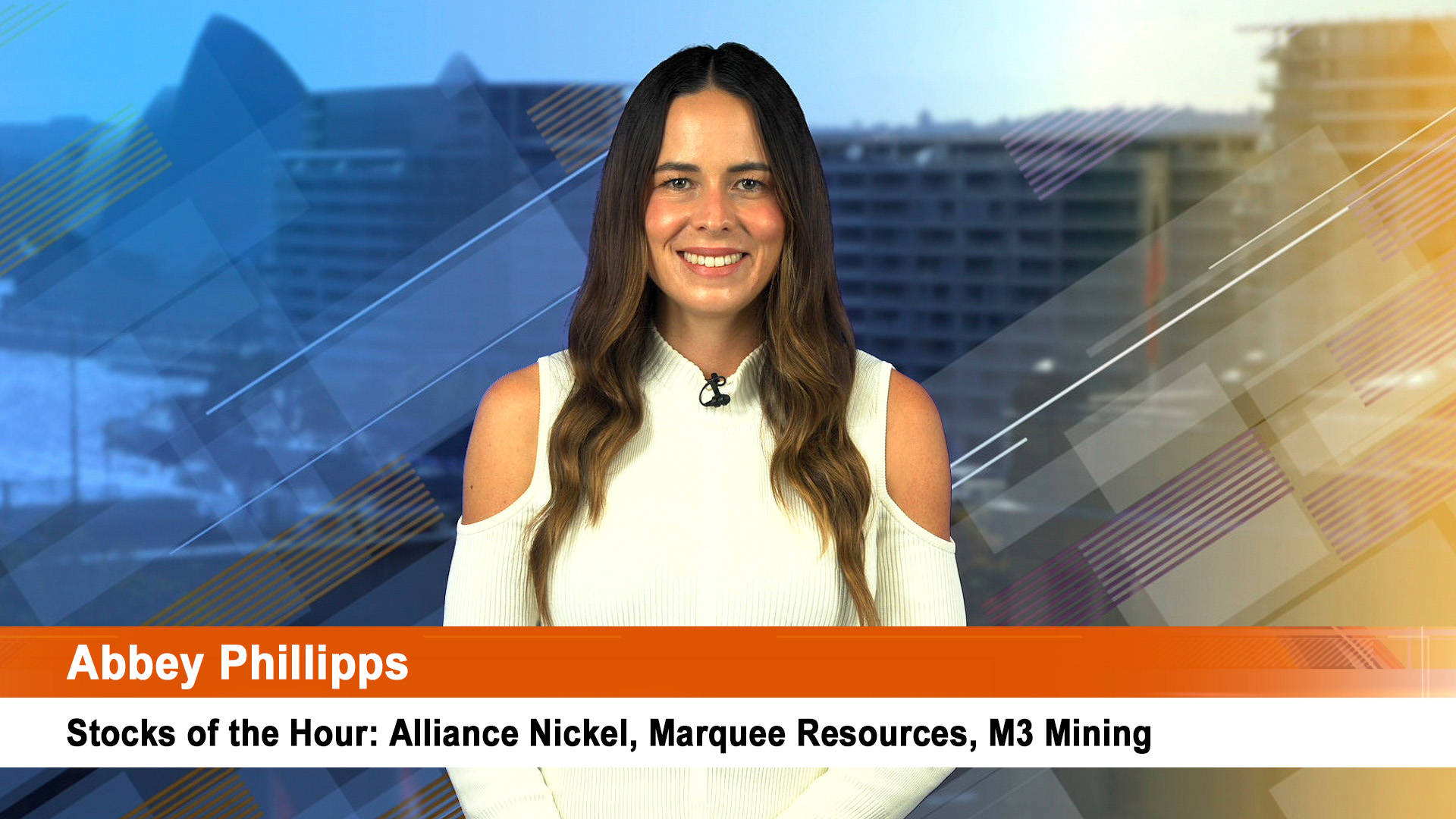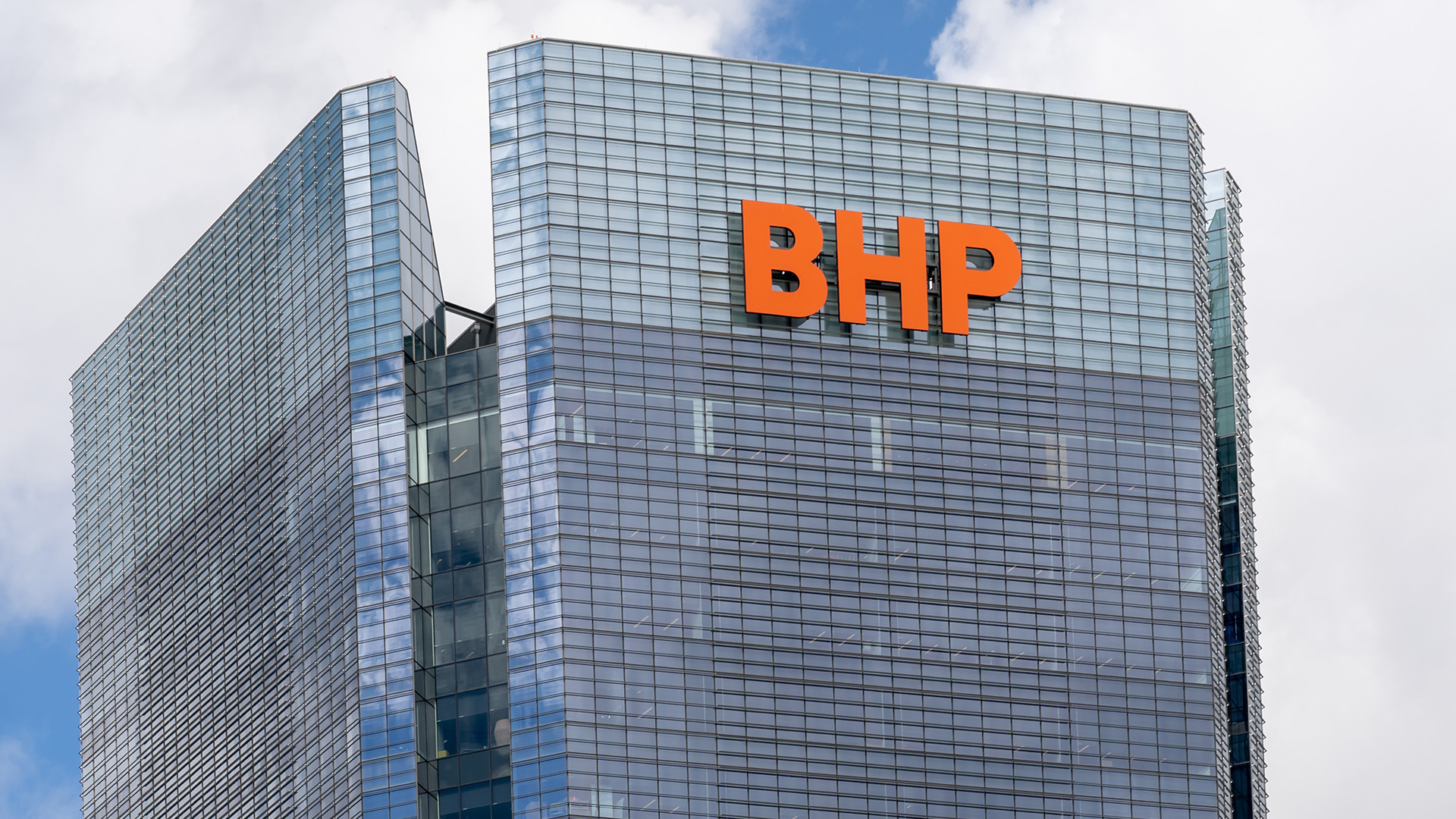The confusion in the Trump Administration over whether it wants a strong or weak US dollars helped breath new life into much of the commodity markets last week, especially metals. Cobalt and nickel rose, gold bumped higher, copper fell on Friday but ended higher over the week and zinc enjoyed a strong rise.
Gold prices fell sharply on Friday, after the dollar got a boost from comments by US President Donald Trump about a strong dollar, a day after his Treasury Secretary, Steven Mnuchin talked up the benefits of a weaker dollar (which sent most commodity prices on a big rise).
So on Friday Comex February gold fell $US11.40, or 0.8%, at $USUS1,351.50 an ounce in the wake of Trump’s attempts to claim a stronger dollar policy. Despite the fall gold still ended the week up around 1.4% for the week to date, its sixth gain in seven weeks.
Gold’s losses came in contrast to Thursday’s regular session, when prices finished $US6.60 higher at $US1,362.90, the highest settlement price since early August, 2016 thanks to the lower dollar is good talk from Secretary Mnuchin.
Gold weakened despite the first estimate of 4th quarter US GDP showing a slight fall to an annual rate of 2.6% from 3.2% in the September quarter.
That was under the forecast 3% rate and meant the US economy grew 2.3% through all of 2017 – well under Donald Trump’s claimed 3%.
In other metals, Comex March silver fell 21.5 cents, or 1.2%, to $US17.40 an ounce and Comex March copper was down 0.8% to $US3.192 a pound. It was up marginally over the week.
Chinese iron ore prices retreated on Friday thanks to falls in the physical steel and iron ore futures markets.
The Metal Bulletin said its 62% Fe Iron Ore Index Ton Friday was $US74.40 a tonne-down by 64 cents a tonne on the day and 3% over the week. It is also down nearly 6% from the $US79.08 a tonne reached on January 11.
In London a combination of US dollar fallout and demand and supply factors helped most metals higher.
London metal Exchange zinc touched a fresh a 10-year high on Friday due to the weaker dollar and the lowest stockpiles of the metals since 2008.
Three month LME zinc ended 0.4% higher at $US3,478 a tonne, after touching its highest since 2008 at $US3,481.85.
Reuters reported that zinc recorded its seventh straight week of gains, the longest weekly winning streak since early 2016.
Zinc, used primarily to galvanise steel and in car radiators), is up about 14% since a December low. It rose 29% in 2017.
Reuters says there has been a 58% slide in LME zinc stocks in the last year and they are now at their lowest since late 2008: Demand from China is the biggest single factor – figures out last week showed December imports of refined zinc were up 59% year-on-year.
LME three-month copper fell 0.7% to $US7,085 a tonne but ended the week up 1%. That’s despite a 70% rise in stocks in the past 10 days (that’s metal not earmarked for delivery).
Nickel rose 0.3% on Friday to end at $US13,650 a tonne and the week 8% higher.
In other metals aluminium rose 0.7% to $US2,257 a tonne, lead fell half a percent to $US2,593 a tonne, and tin ended up 1% higher at $US21,600.
Meanwhile Reuters reported that cobalt prices are up sharply in January after doubling in 2017 thanks to problems at the Ambatovy mine in Madagascar.
According to Reuters cobalt metal currently quoted around $US37.25 a pound in Europe, having more than doubled from the same period last year.
It is up more than 15% this month since a cyclone damaged the mine’s workings on January 4 forcing it to curtail production.













